•Sealing length: 45cm.
•Available for: aluminum foil bag, tinfoil bag, vacuum nylon bag, cellophane bag.
•Temperature control
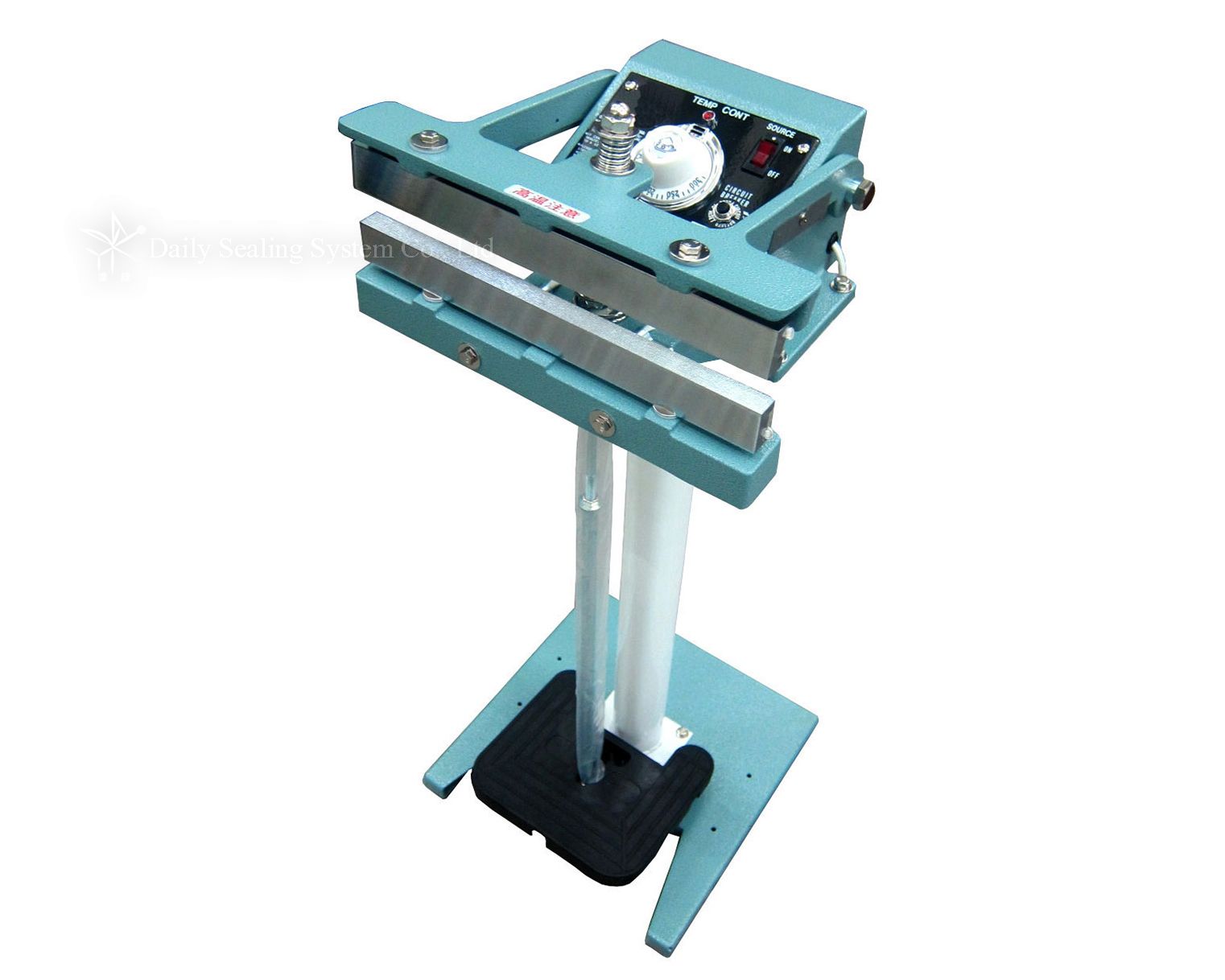

Foot type constant heat sealer:
• Preheating required.
• Available for aluminum bag, tinfoil bag, sterilization bag.
• Sealing width: 15mm or 10mm.
• Additional accessories:
(1) Can add the heating isolation board.
(2) Can add an electric magnet or pneumatic eqipment for pedal switch controled. labor-saving.
(3) Date coder.
• For other lengths sealing machine, please contact us.
|
Item No. |
||||
|
Voltage |
100V, 110V, 120V, 220V, 240V |
|||
|
Max. sealing |
220x15mm |
250x15mm |
300x15mm |
450x15mm |
|
Machine weight |
12.5 kgs |
13 kgs |
13.5 kgs |
14kgs |
|
Machine size |
320x340x900mm |
320x340x900mm |
320x340x900mm |
480x340x900mm |
| Model No. | DS-450FD |
|---|---|
| Sealing type | Constant Heat |
| Voltage/Ampere | 100V,110V,120V,220V,240V |
| Max.sealing | Max:450.0 x 15.0 mm |
| Machine weight | 14.00 kgs |
| Machine size | 480 x 340 x 900 mm |
45cm Foot type constant heat sealer:
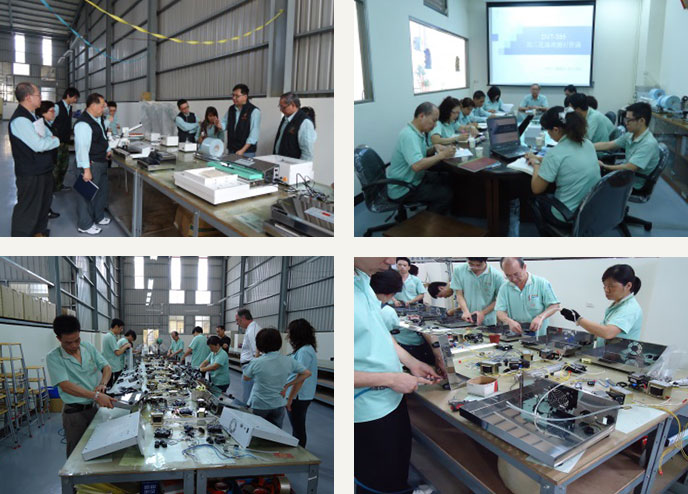
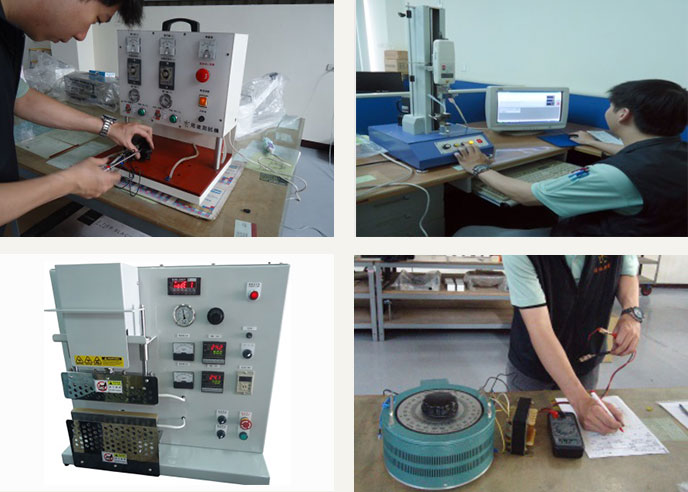
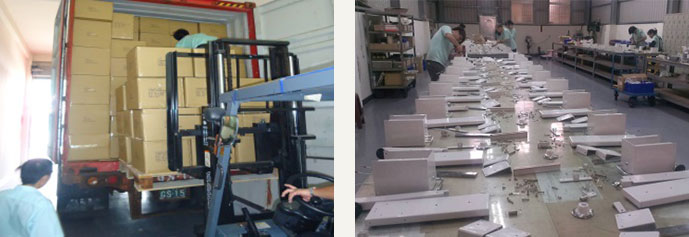
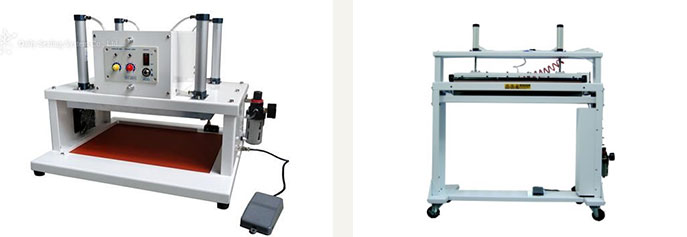
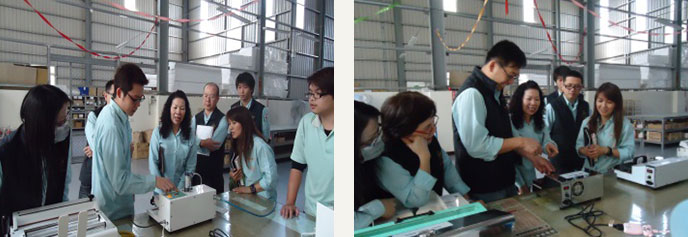
.png)

.jpg)